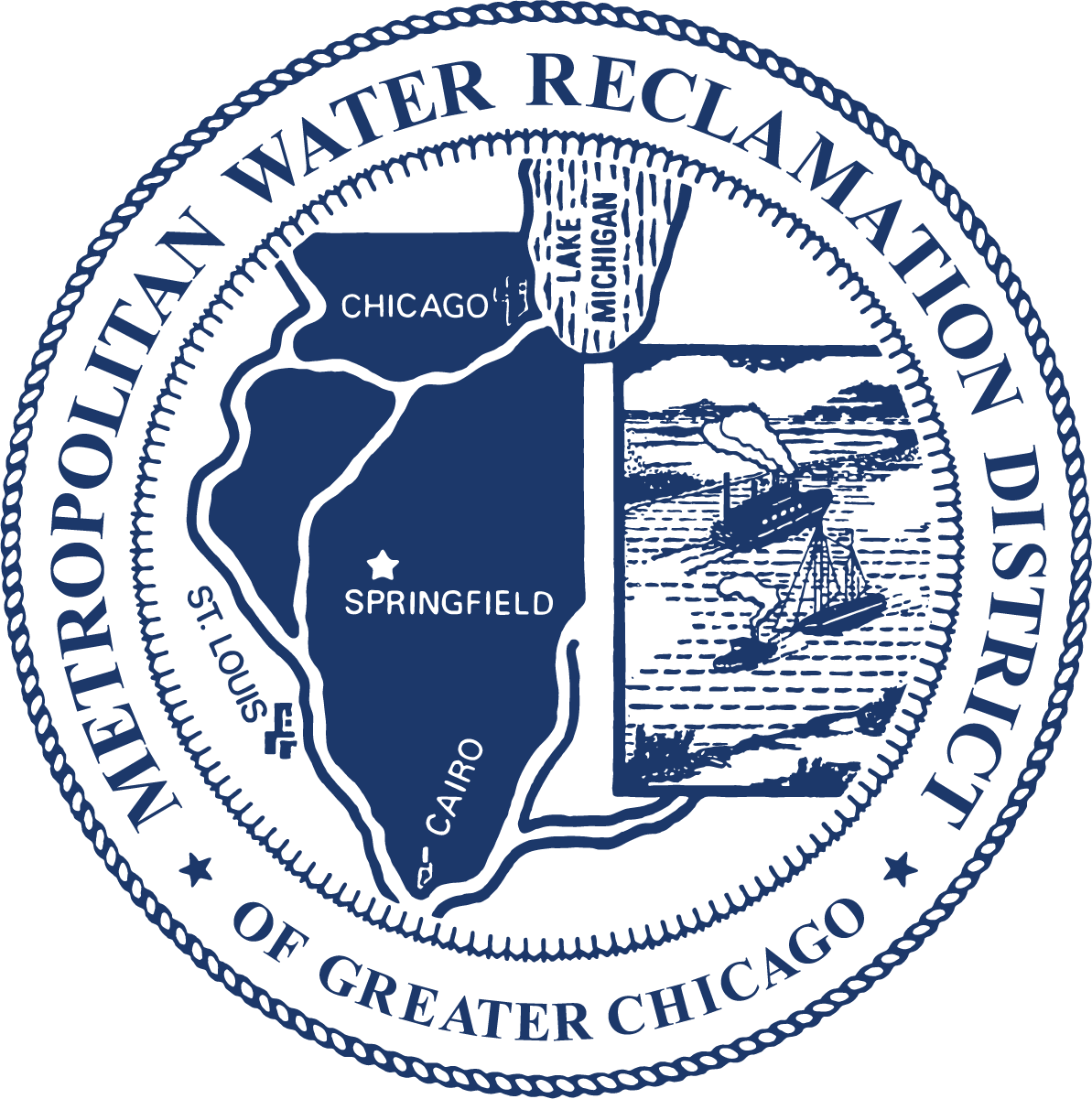2 p.m. August 19 Storm Update
Staff and infrastructure for the Metropolitan Water Reclamation District of Greater Chicago (MWRD’s) are working around the clock to manage another deluge of rainfall that hit the Chicago region overnight.
The National Weather Service reported that over 4 inches of rain fell over the Chicago area in the last three days, while overnight between Aug. 18 and the morning of Aug. 19, some parts of the region picked up to 4 to 7 inches of rain alone. O’Hare International Airport had 1.88 inches of rain and gauges at Midway International Airport registered 0.49 inches for the evening storm that lasted about 12 hours well into the morning.
In the last week, the MWRD’s Tunnel and Reservoir Plan (TARP) captured approximately 7 billion gallons (BG) of combined sewage. MWRD staff protect the water environment and keep operations flowing at seven water reclamation plants. Before severe storms, the MWRD also lowers the levels of the Chicago Area Waterway System at its Lockport Powerhouse to provide added capacity in local waterways. After recent rain events, there is less capacity for the MWRD to hold and treat the additional water. When there is limited capacity in TARP, combined sewer overflows may occur. As a result, residents and businesses in the area are encouraged to conserve water during heavy rain.
The McCook Reservoir and Thornton Composite Reservoir are currently holding approximately 4.8 BG of water. Here is the breakdown:
McCook Reservoir is 97.5% full = 3.4 BG.
The McCook Reservoir has 3.5 billion gallons of capacity, serving central Chicago and 36 municipalities covering 252 square miles on the Des Plaines and Mainstream Tunnel Systems. Water contained at McCook Reservoir is conveyed to the MWRD’s Stickney Water Reclamation Plant to be treated, cleaned and returned to the environment.
Thornton Composite Reservoir is 18% full = 1.4 BG
The Thornton Composite Reservoir has 7.9 BG of capacity, including 4.8 BG of combined sewer capacity, serving 91 square miles on the Calumet Tunnel System, covering the South Side of Chicago and 13 south suburban municipalities. Water contained at the Thornton Composite Reservoir is conveyed to the MWRD’s Calumet Water Reclamation Plant to be treated, cleaned and returned to the environment.
The Gloria Alitto Majewski Reservoir is currently empty and has 350 million gallons of capacity. It serves Arlington Heights, Des Plaines and Mount Prospect across 11 square miles on the Upper Des Plaines Tunnel System.
During rainfall, stormwater flows through smaller, local pipes owned and maintained by local municipalities. This water then flows to the MWRD’s large intercepting sewers that convey wastewater from homes and stormwater from local sewers to the MWRD’s water reclamation plants for treatment. In heavy rainfall, the water flows past the MWRD intercepting sewer and falls into a TARP tunnel to help keep this water from overflowing into our waterways and backing up in our basements. TARP has huge capacity, but water must pass through local sewers first before it even reaches the TARP system.
In total, TARP is comprised of three separate reservoir systems with nearly 12 BG of capacity and four tunnels (2.3 BG) that extend 110 miles. The system captures stormwater and untreated sewage and protects Lake Michigan, the source of the area’s drinking water.
Receive direct Overflow Action alerts via text
Sign up for combined sewer overflow alerts
Visit these links for more information about the MWRD, Stormwater Management and TARP.
